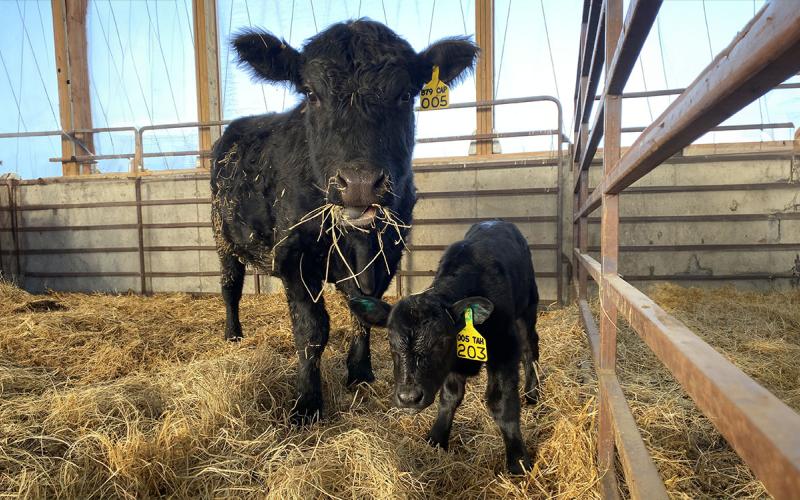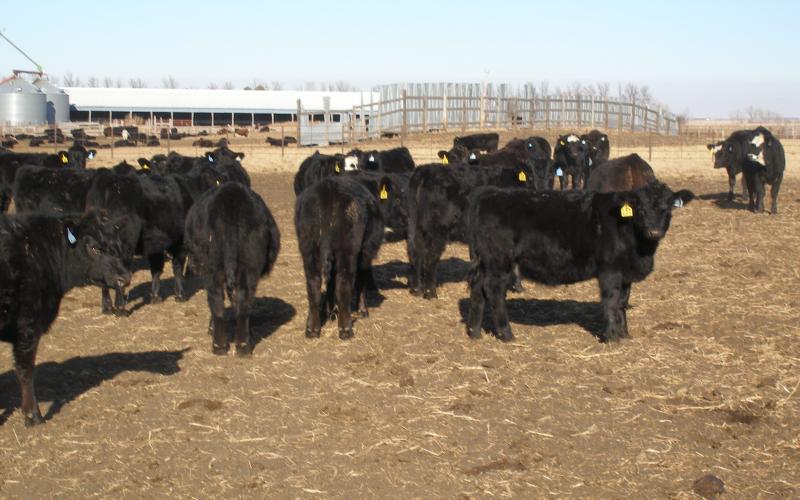Originally written by Adele Harty, former SDSU Extension Cow/Calf Field Specialist.
The Range Beef Cow Symposium was held in Cheyenne, Wyoming, November 28–30, 2017. This event is held every two years and rotates between Wyoming, Nebraska, South Dakota, and Colorado to provide applied, educational information to producers and educators. The two-and-a-half-day symposium is filled with multiple 30 minute presentations that address various topics affecting the beef industry including reproduction, nutrition, health, marketing, climate, etc.
One presentation of particular interest to me focused on the trace mineral nutrition of cows during the last 95 days of pregnancy and the resulting impact on their calves. The study was conducted at Oregon State University (Marques et al, 2015) with three treatments; Control, Inorganic, and Organic trace mineral supplements. The Control treatment was not given a trace mineral supplement as the feeds provided were sufficient to meet NRC requirements. The Inorganic treatment contained sulfate sources of Cu, Co, Mn, and Zn. The Organic treatment was an organic complexed source of Cu, Mn, Co and Zn, specifically Availa-4 by Zinpro. The Inorganic and Organic Treatments provided the same levels of the trace minerals; Co-2.16 ppm, Cu-20.7 ppm, Mn-74 ppm and Zn-64 ppm. These levels are above the NRC requirement.
The results showed that cows fed the Organic treatment weaned calves that were 53 lbs heavier than the Control and 28 lbs heavier than the Inorganic. The advantage of the Organic was also evident with improved calf health and a lower percent of these calves requiring treatment for bovine respiratory disease in the feedlot. Finally, when comparing carcass weights of the three treatments, the Organic treated calves had a carcass weight that was 42 lbs heavier than control and 20 lbs heavier than Inorganic.
The more work that is done in mineral nutrition, the more questions arise as to whether or not we know what the true requirements of current cattle are. Even though the feedstuffs in this trial had levels sufficient to meet requirements, there was a significant response to providing additional mineral, with the greatest response coming from the organic source. There is a higher cost to providing the organic minerals, however the benefits may outweigh the cost with the added performance.
For more information, view the full research paper courtesy of the Journal of Animal Science.


